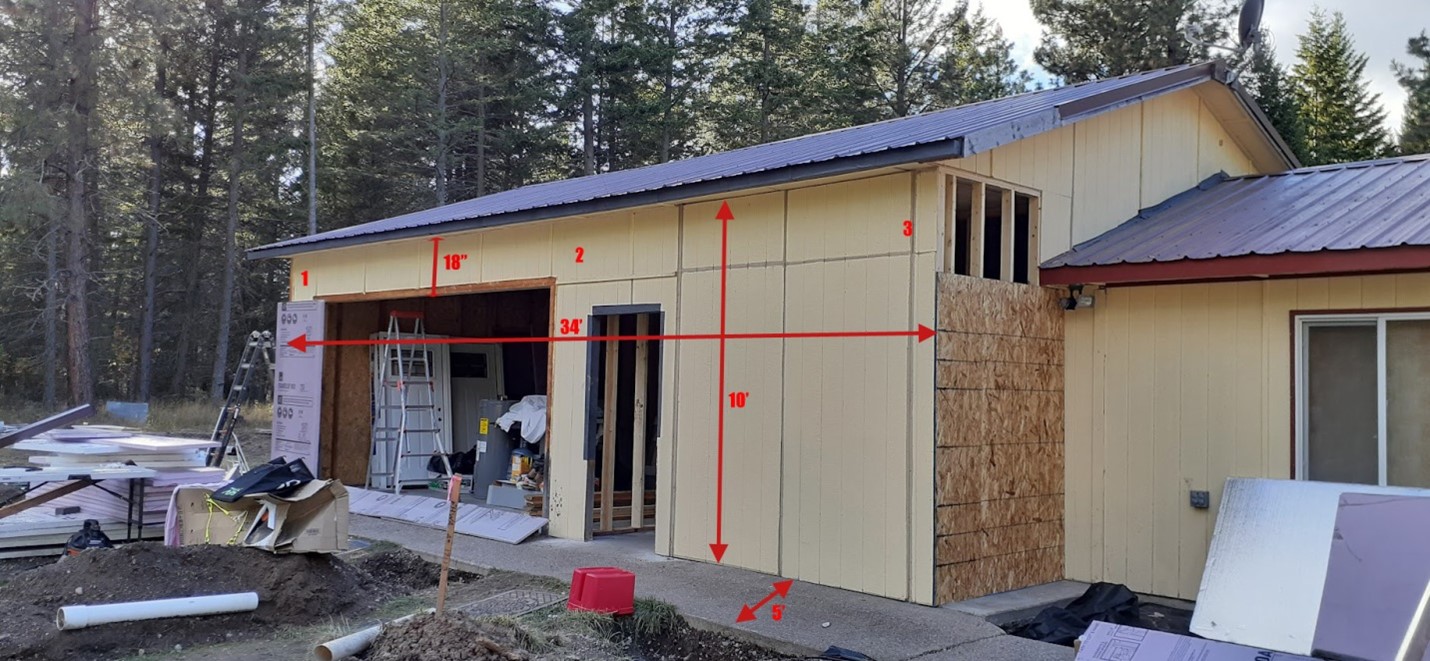Why Your Church May Be Too Small
Your church too small? Maybe you just don’t know it?
More and more congregations are looking towards post frame (pole) buildings as a design solution to their growing membership. Post frame buildings offer more space for dollars invested and, let’s face it congregants like to see their contributions used wisely.
How your church may be undersized:
Everybody over-estimates their sanctuary size. Regardless of location all churches overestimate their seating capacity. There are many possible reasons for this. Perhaps their numbers are based upon fire-marshal’s maximum safe capacity limits. Maybe they base their numbers from a record-breaking funeral or Christmas eve or Easter service when people were packed in like sardines.
Over-estimation of seating capacity hides realities of needed expansion, and therefore stifles and chokes out possibilities for additional growth. Having a realistic understanding of seating capacity proves essential in identifying when growth potential has been straight-jacketed by your building.
Why isn’t your sanctuary as large as you think:
Nobody, especially visitors, wants a front row seat. For whatever reason people feel insecure and exposed there and will only sit in front in an emergency. Don’t bother counting it as part of your seating capacity. As far as visitor and growth concerns, it simply isn’t part of your useable seating.
From a visitor’s perspective, over-flow seating stinks. Although you may have oddball regulars who actually like it, visitors are not impressed with bad seats, bad view, bad sound, and often lack of pew-back promotional materials. If you are regularly using your over-flow you should have already expanded – either an additional service, an additional site, or a larger building.
Even if visitors didn’t mind crawling over five or 10 people just to get to an empty seat it really wouldn’t matter. From their vantage point coming in the church sanctuary back they can’t see there are any empty seats there to begin with. Absolutely true if they arrive just a bit late with everyone standing and singing. It may be nice pastor can see some room from a pulpit, but this doesn’t help those late arrivals. Centers of very long pews are inaccessible to visitors, and shouldn’t be counted as part of your usable seating capacity. Keep this in mind when you are about to build – shorter pews are better.
 When you measure your seating capacity make sure you give a minimum of 24” per person. This doesn’t assume everyone has a two foot width body, but ensures people have enough room for their purse and their Bible. No one, especially visitors, likes to sit thigh-to-thigh with a stranger. People will naturally spread out a bit and will naturally take 24” of space, if not more.
When you measure your seating capacity make sure you give a minimum of 24” per person. This doesn’t assume everyone has a two foot width body, but ensures people have enough room for their purse and their Bible. No one, especially visitors, likes to sit thigh-to-thigh with a stranger. People will naturally spread out a bit and will naturally take 24” of space, if not more.
Because most churches do not have any training for their ushers, you probably don’t either. A trained usher will boldly walk down aisles and look for empty spots and will ask people to shuffle in to make room. A visitor will do neither of these things. If your ushers merely shake hands and give out bulletins, then round your seating capacity down a bit more.
80% rule: once you have reached 80% full – you’re full. While for special occasions you might be able to forcibly pack people in and get beyond 80% capacity – you will never be able to do this regularly. After you reach 80% in your church, the full visitors’ quality experience goes down dramatically. Beyond 80% your visitors will have a hard time sitting together as a family (they weren’t looking for one empty seat, but a block of four). Beyond 80% your visitors will not have any room for their belongings. Beyond 80% your visitors will be uncomfortably rubbing thighs with strangers. Beyond 80% your visitors do not have any real choice of where they want to sit. Beyond 80% your visitors will not come back.
After you have physically measured your church pews and made all necessary adjustments mentioned above you should have a realistic understanding of your seating capacity. Now take your average attendance and see how close you’re getting to an 80% high-water mark. If you’re anything over 70% then start making plans to add an additional service, an additional venue, or a new post frame church building.








